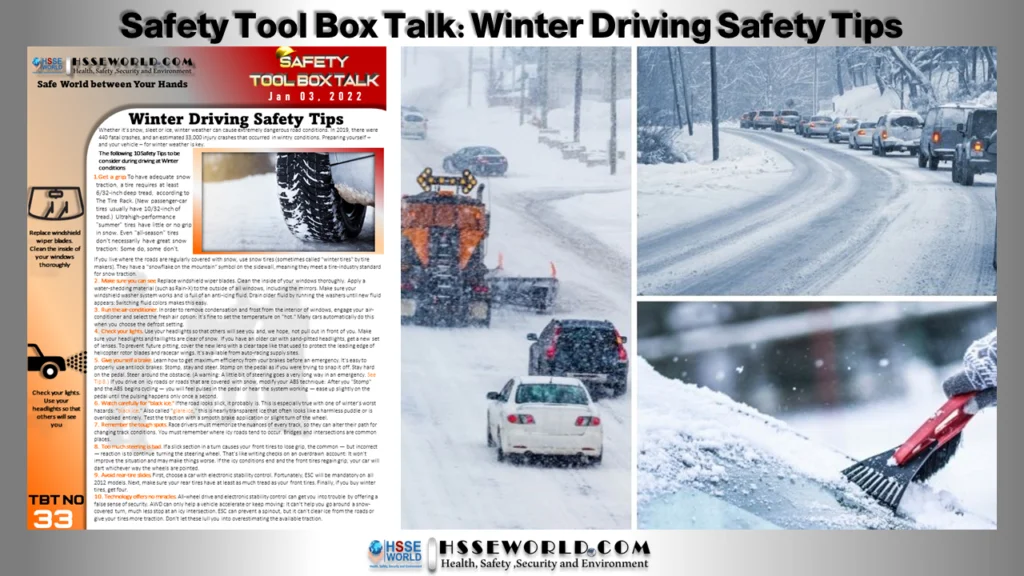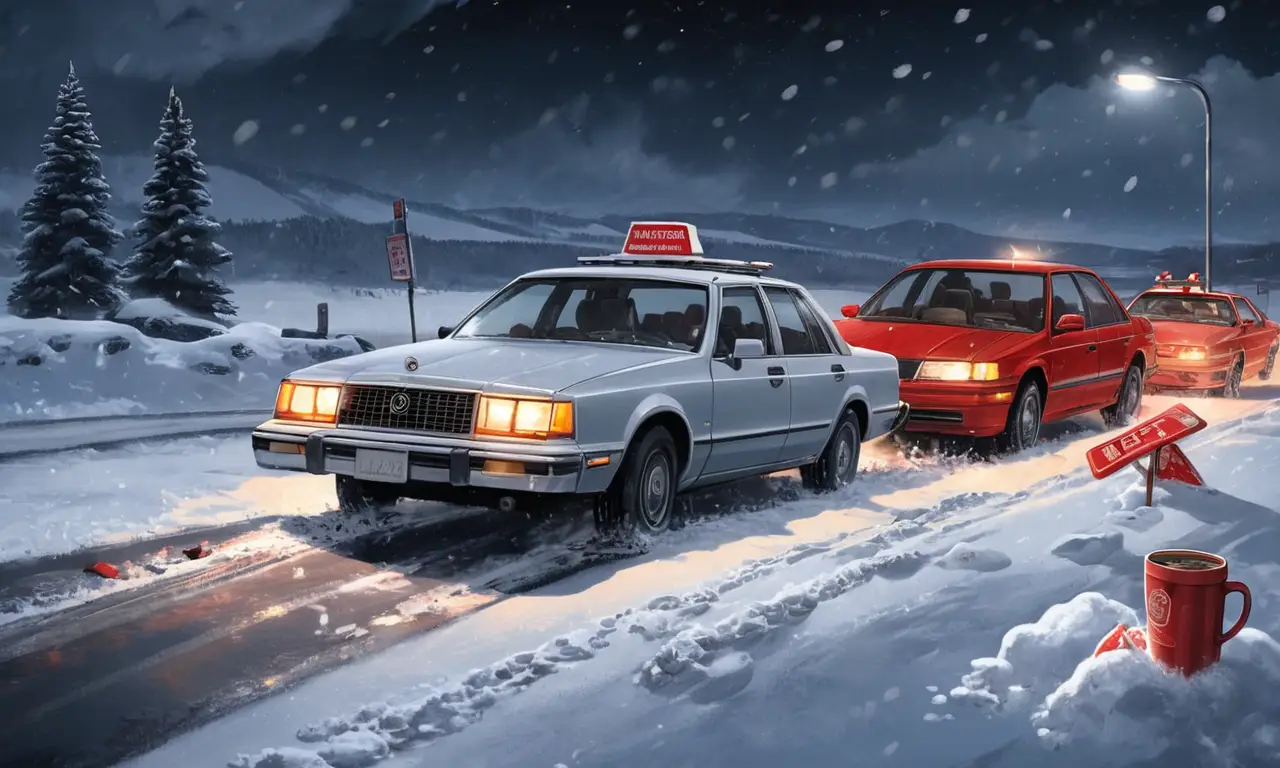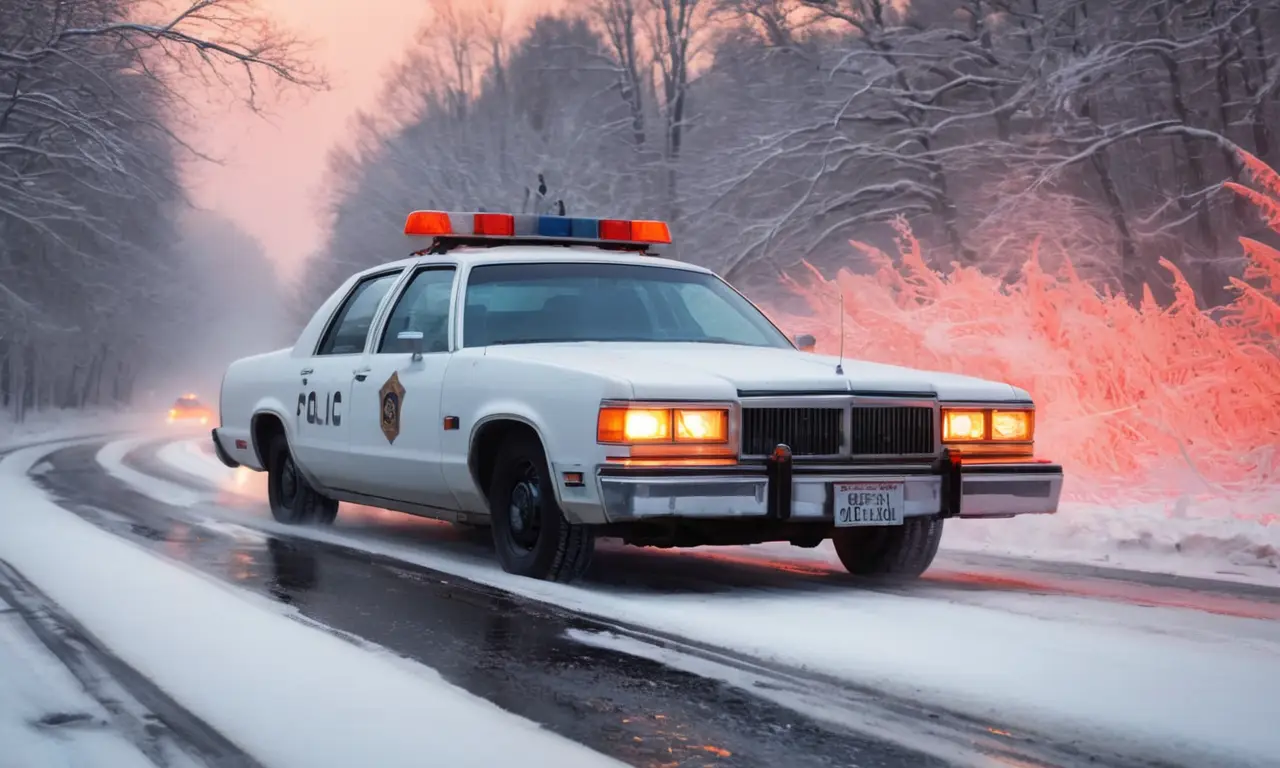
Driving through a winter wonderland can be picturesque, but venturing out when there are three inches of snow on the ground requires extra caution. While some vehicles might manage light snowfall, driving in 3 inches of snow presents unique challenges that demand careful consideration. This article will delve into the intricacies of driving in snowy conditions, providing you with essential safety tips and guidance to navigate those treacherous roads safely.
We’ll explore the specific risks associated with how many inches of snow can you drive in, discuss crucial safety measures, highlight the importance of winter tires, and shed light on how reduced visibility and traction control play a vital role in safe driving during snowfall.
Driving in Snow
Driving in snow is inherently different from driving on dry pavement. The presence of snow significantly alters the road surface, impacting both visibility and traction. Snow can accumulate on roads, creating slippery patches that make it difficult to maintain control of your vehicle. Additionally, snow can obscure your view, making it harder to see other vehicles, pedestrians, and potential hazards.
When can you drive in 3 inches of snow, remember that even seemingly light snowfall can pose a risk. It’s crucial to assess the situation carefully before embarking on a journey. Consider factors like road conditions, visibility, and your vehicle’s capabilities. If you’re unsure about the safety of driving, it’s always best to err on the side of caution and postpone your trip until conditions improve.
Driving in snow requires a more cautious and deliberate approach. Reduce your speed significantly, maintain a safe distance from other vehicles, and avoid sudden braking or acceleration. Be prepared for longer stopping distances and anticipate potential skidding situations.
Snowfall Safety Tips

Prioritizing safety is paramount when driving in snowy conditions. Here are some essential tips to keep you and others on the road safe:
Check the Weather Forecast: Before heading out, always check the local weather forecast to be aware of predicted snowfall amounts and potential hazardous conditions.
Clear Your Vehicle: Ensure your entire vehicle is free from snow and ice, including windows, mirrors, headlights, taillights, and roof. Obstructed visibility can lead to dangerous situations.
Pack a Winter Emergency Kit: Prepare for unexpected delays or emergencies by packing a winter emergency kit in your vehicle. Include items like blankets, warm clothing, food, water, a flashlight, jumper cables, and a first-aid kit.
Drive Slowly and Carefully: Reduce your speed significantly when driving in snow. Allow extra time to reach your destination and avoid sudden movements that could lead to skidding.
- Increase Following Distance: Maintain a greater following distance than usual between your vehicle and the one ahead of you. This provides more reaction time if the vehicle in front needs to brake suddenly.
Winter Tires
Winter tires are specifically designed to provide superior grip and handling on snow and ice-covered roads. They feature a unique tread pattern with deeper grooves that effectively channel away snow and slush, enhancing traction. The rubber compound used in winter tires remains flexible even in cold temperatures, ensuring optimal contact with the road surface.
Investing in winter tires can significantly improve your safety and confidence when driving in snowy conditions. While all-season tires may suffice for light snowfall, they lack the specialized features of winter tires that are essential for navigating challenging winter roads.
Reduced Visibility

Snowfall often leads to reduced visibility, making it crucial to exercise extra caution while driving. Heavy snow can obscure your view of the road ahead, other vehicles, and pedestrians.
To mitigate the risks associated with reduced visibility:
- Use Your Headlights: Even during daylight hours, turn on your headlights when driving in snowy conditions. This improves your visibility to other drivers and enhances your ability to see potential hazards.
Slow Down Further: Reduce your speed even more than usual when visibility is limited. Allow for increased stopping distances and be prepared for unexpected obstacles.
Be Extra Vigilant: Pay close attention to your surroundings, scanning the road ahead and checking your mirrors frequently.
Traction Control
Traction control systems are designed to help maintain vehicle stability by preventing wheel slippage during acceleration or cornering on slippery surfaces. When driving in snow, traction control can be invaluable for maintaining grip and avoiding skids.
- Understand Your Vehicle’s System: Familiarize yourself with your vehicle’s traction control system and how it operates. Most modern vehicles have a dedicated button to activate or deactivate the system.
- Keep It Engaged: In snowy conditions, it’s generally recommended to keep your traction control system engaged for enhanced safety and stability.
Conclusion
Driving in snow requires heightened awareness, careful planning, and adherence to safety precautions. By understanding the risks associated with driving in 3 inches of snow, following snowfall safety tips, utilizing winter tires, and being mindful of reduced visibility and traction control, you can navigate snowy roads with greater confidence and minimize potential hazards. Remember, prioritizing safety should always be your top priority when venturing out during winter weather conditions.
